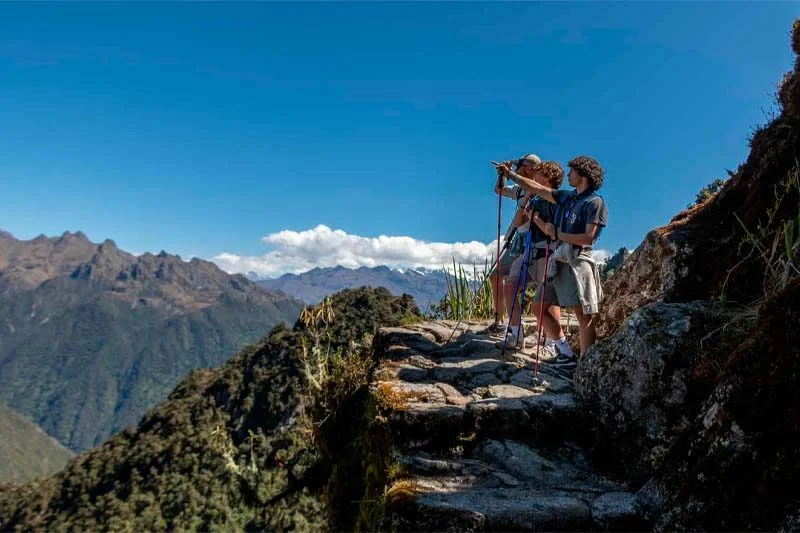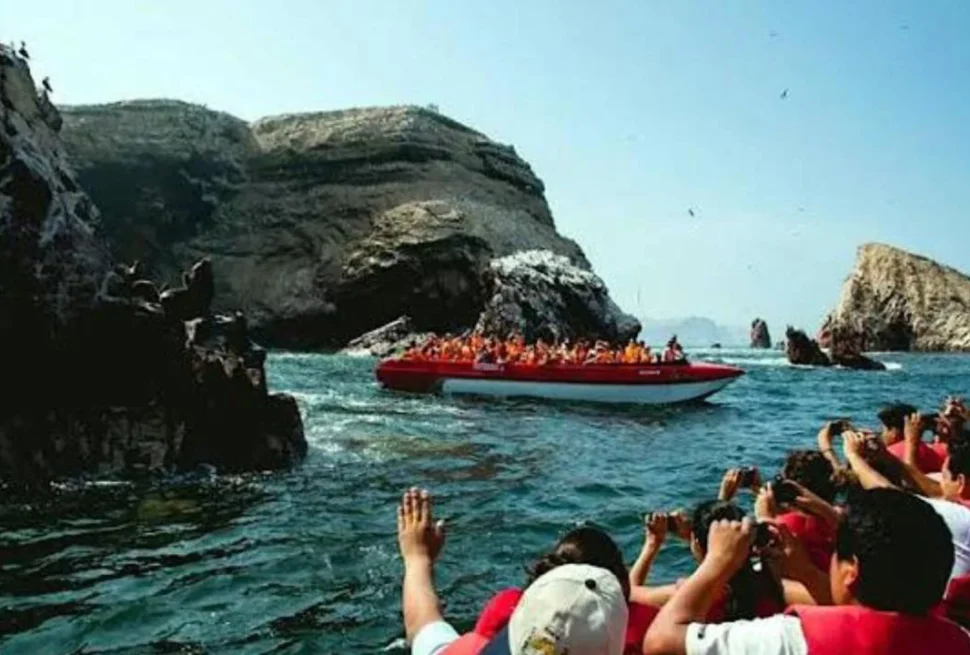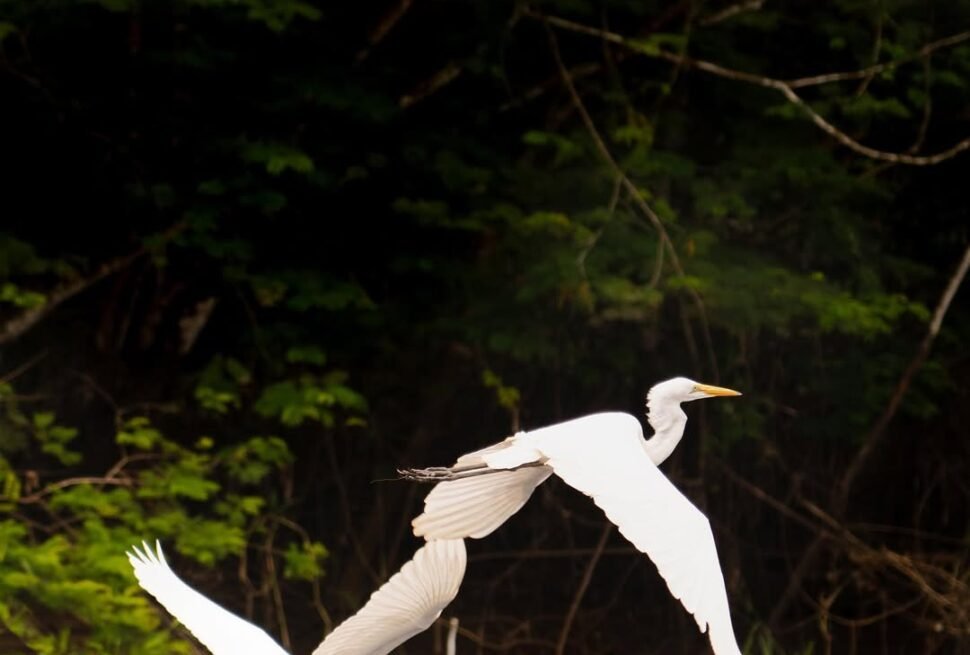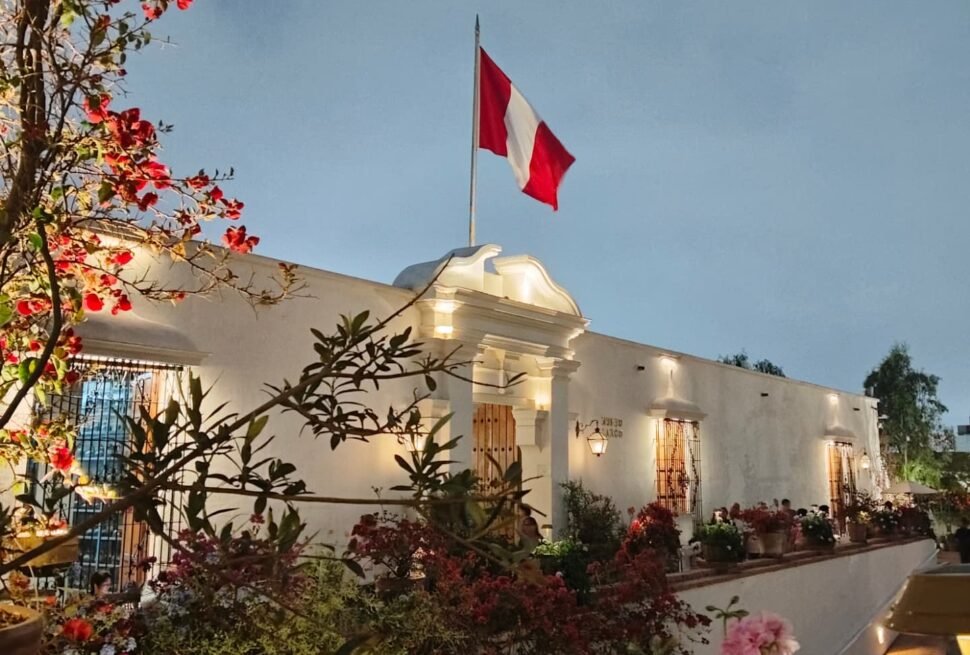Machu Picchu is one of the most sought-after travel destinations in the world, attracting millions of visitors every year. A major part of this experience is the Inca Trail, an ancient network of pathways that lead to the iconic ruins. This guide will provide comprehensive information about the two primary routes: the Classic Inca Trail and the Short Inca Trail.
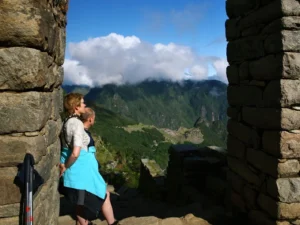
Understanding the Inca Trail
The Inca Trail is one of the most famous trekking routes in the world, attracting adventurers and history enthusiasts alike. It leads to Machu Picchu, the ancient citadel of the Incas, and offers a unique blend of breathtaking scenery, rich cultural heritage, and physical challenge. In this article, we will explore the history, geography, and practical considerations of hiking the Inca Trail.
What is the Inca Trail?
The Inca Trail is a network of ancient pathways that connects various archaeological sites throughout the Andes, leading to the breathtaking ruins of Machu Picchu. The trail was originally used by the Incas for trade and religious pilgrimages, serving as a vital route for the movement of goods and people across their vast empire.
History of the Inca Trail
- Inca Civilization: The Inca Empire thrived in the 15th and 16th centuries and was known for its advanced engineering, architecture, and agricultural practices. The Incas constructed the trail to connect important sites, such as Cusco and Machu Picchu.
- Rediscovery: The Inca Trail remained largely forgotten until the early 20th century, when it was rediscovered by explorers and archaeologists. Hiram Bingham, an American historian, is credited with bringing global attention to Machu Picchu in 1911.
- Cultural Significance: The trail holds deep cultural significance for many indigenous communities in the region. It is often seen as a spiritual journey, connecting travelers with their ancestral roots and the land.
Geography of the Inca Trail
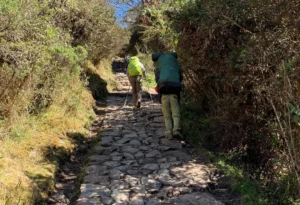
The Inca Trail is set in the stunning landscapes of the Andes Mountains, characterized by diverse ecosystems, high-altitude terrains, and remarkable archaeological sites.
Trail Characteristics
- Elevation: The trail reaches altitudes of up to 4,215 meters (13,828 feet) at Dead Woman’s Pass. Trekkers should be prepared for significant elevation changes throughout the hike.
- Ecosystems: The trek passes through various ecosystems, including high-altitude grasslands, cloud forests, and subtropical jungles. This diversity contributes to the rich biodiversity of the region, with opportunities to spot unique flora and fauna.
- Climate: The climate along the Inca Trail varies by altitude. Higher elevations can be cold, while lower areas are warmer and more humid. The dry season (May to September) is the most popular time to hike the trail, with clear skies and milder temperatures.
Major Highlights Along the Trail
- Wayllabamba: This lush valley is often the first campsite for trekkers on the Classic Inca Trail, providing a glimpse of the stunning landscapes ahead.
- Dead Woman’s Pass: The highest point of the trek offers breathtaking panoramic views of the surrounding mountains and valleys.
- Runkuracay: An ancient Inca site that served as a waystation for travelers. The ruins are located near a beautiful lake, adding to the scenic beauty of the area.
- Wiñay Wayna: One of the most impressive archaeological sites along the trail, featuring terraced agricultural fields and a complex of Inca buildings.
- Machu Picchu: The ultimate destination of the trek, Machu Picchu is a UNESCO World Heritage site and one of the New Seven Wonders of the World. The sight of the citadel emerging from the mist is a highlight for many trekkers.
Hiking the Inca Trail
Types of Treks
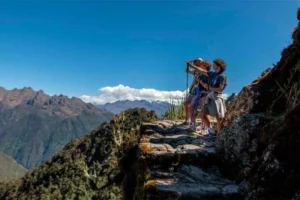
- Classic Inca Trail:
- Duration: Typically takes 4 days and 3 nights.
- Distance: Approximately 26 miles (42 kilometers).
- Difficulty: Moderate to challenging, requiring a good level of fitness due to altitude and terrain.
- Short Inca Trail:
- Duration: Usually completed in 2 days and 1 night.
- Distance: About 8 miles (13 kilometers).
- Difficulty: Less strenuous, making it accessible for a wider range of travelers.
Permits and Regulations
- Permit System: Due to the popularity of the trail and the need for conservation, permits are required for both the Classic and Short Inca Trails. These permits are limited and often sell out months in advance.
- Guided Treks: Most trekkers are required to hike with a licensed tour operator. This not only ensures safety and support but also contributes to the local economy and conservation efforts.
Preparation and Packing Tips
- Physical Conditioning: Preparing physically is crucial. Engage in regular cardiovascular exercises, such as hiking, running, or cycling, to build endurance.
- Acclimatization: Spend a few days in Cusco or the Sacred Valley to adjust to the altitude before starting the trek.
- Essential Gear:
- Hiking Boots: Sturdy, well-fitting boots are essential for navigating uneven terrain.
- Clothing: Dress in layers to adapt to changing weather conditions. Include moisture-wicking fabrics, waterproof jackets, and warm layers for cold nights.
- Backpack: A comfortable daypack to carry essentials such as water, snacks, and extra clothing.
- Hydration: Stay hydrated throughout the trek. Carry a reusable water bottle and use purification tablets or filters if necessary.
WHAT HAPPENS IF THE CLASSIC/SHORT INCA TRAIL TO MACHU PICCHU IS SOLD OUT
The Inca Trail to Machu Picchu is one of the most sought-after trekking experiences in the world. Its combination of stunning landscapes, rich history, and cultural significance makes it a must-visit for many travelers. However, securing a spot on this iconic trail can be challenging due to its frequent sellouts. In this article, we’ll explore the reasons behind the high demand and limited availability of permits for the Inca Trail.
1. Limited Permits
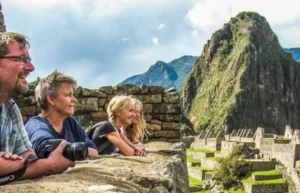
One of the primary reasons the Inca Trail sells out quickly is the strict permit system implemented by the Peruvian government. Only a limited number of permits are issued each day to protect the trail and its surrounding environment. As of recent regulations, only 500 permits are available daily, which includes trekkers and guides. This limited capacity ensures a more sustainable tourism approach but also means that spots fill up rapidly.
Permit Booking
- Advance Reservations: Permits can be booked up to six months in advance, and many travelers start planning their trips well ahead of time, leading to quick sellouts.
- Peak Season: The dry season, from May to September, is the most popular time to hike the Inca Trail, resulting in high competition for permits during these months.
2. High Demand
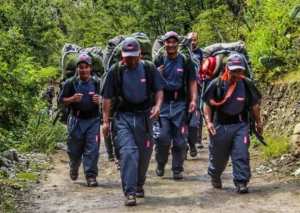
The popularity of the Inca Trail has surged in recent years, drawing adventurers from around the globe. Several factors contribute to this increasing demand:
- Global Recognition: Machu Picchu is recognized as one of the New Seven Wonders of the World and a UNESCO World Heritage site. The allure of visiting such a renowned destination attracts thousands of visitors each year.
- Social Media Influence: The rise of social media platforms has amplified the trail’s visibility. Pictures of breathtaking landscapes and the experience of hiking to Machu Picchu are frequently shared, inspiring more people to undertake the journey.
- Adventure Tourism Trend: The growing trend of adventure tourism encourages travelers to seek unique and physically challenging experiences. The Inca Trail fits this desire perfectly, offering both a physical challenge and cultural immersion.
3. Unique Experience
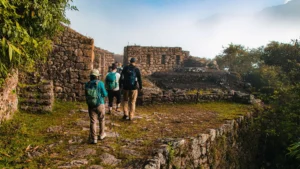
The Inca Trail is not just a hike; it is a journey through history. The combination of ancient ruins, diverse ecosystems, and stunning vistas creates a unique experience that cannot be replicated elsewhere. Several aspects contribute to the trail’s uniqueness:
- Cultural Significance: The trail leads to Machu Picchu, an important archaeological site that holds deep cultural and historical significance for the Inca civilization.
- Natural Beauty: The trek passes through various ecosystems, including high-altitude grasslands, cloud forests, and subtropical jungles, providing hikers with diverse and breathtaking landscapes.
- Historical Sites: Along the route, trekkers encounter numerous archaeological sites, such as Runkuracay, Sayhuite, and Wiñay Wayna, which enrich the hiking experience.
4. Environmental and Safety Concerns
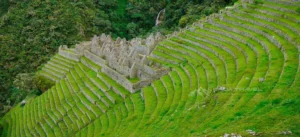
To preserve the trail’s natural beauty and historical significance, the Peruvian government has implemented strict regulations regarding the number of trekkers allowed on the trail at any given time. These regulations are designed to minimize environmental impact and enhance safety for both hikers and the surrounding ecosystem.
- Conservation Efforts: By limiting the number of trekkers, authorities aim to protect the fragile ecosystems along the trail from over-tourism.
- Safety Measures: Smaller groups can be more easily managed, ensuring that all trekkers receive adequate attention and support from their guides.
5. Guided Tours

Most trekkers are required to book a guided tour to hike the Inca Trail. This requirement can contribute to quicker sellouts as groups of travelers reserve spots through tour operators, often leading to bulk bookings that quickly deplete available permits. However, there are alternative routes for trekking and finishing in Machu Picchu.
ALTERNATIVE TREK OPTIONS:
- Lares trek to Machhu Picchu 4 Days
- Salkantay trek to Machu Picchu 5 Days
- Salkantay to Machu Picchu 4 Days
Choosing a Tour Operator
- Reputation: The choice of tour operator can significantly affect the trekking experience. Many travelers opt for reputable companies with good reviews, adding to the demand for their services and associated permits.
- Inclusive Packages: Tour operators often provide comprehensive packages that include transportation, meals, and guides, which appeals to many travelers, leading to swift sellouts of their allotted permits.
Why Choose Kada Travel for Your Inca Trail Experience?
We are thrilled to announce the launch of our new travel agency, dedicated to providing you with exceptional experiences in the breathtaking landscapes of Peru. As part of our inaugural offerings, we invite you to join us on the Inca Trail to Machu Picchu, an adventure that promises to be both enriching and exhilarating.
- Expert Guidance: Our knowledgeable and passionate guides will lead you along this ancient path, sharing insights into the rich history and culture of the Inca civilization. You’ll not only hike but also discover the stories behind each archaeological site.
- Tailored Itineraries: We understand that every traveler is unique. That’s why we offer flexible itineraries to suit your preferences, whether you’re seeking a classic multi-day trek or a shorter experience.
- Personalized Service: As a new agency, we prioritize our clients. You’ll receive dedicated attention from the moment you book, ensuring all your needs are met for a seamless adventure.
- Sustainable Tourism: We are committed to protecting the environment and supporting local communities. Our tours are designed with sustainability in mind, helping preserve the beauty of the Inca Trail for future generations.
Don’t Miss Out!
The Inca Trail is a coveted experience that often sells out quickly. Secure your spot today to embark on a journey through stunning landscapes, lush ecosystems, and ancient ruins, culminating in the majestic Machu Picchu. Book Here.
Conclusion
The Inca Trail is not just a hike; it is a journey through history, culture, and breathtaking landscapes. Whether you choose the Classic or Short option, the experience of walking in the footsteps of the Incas while approaching the majestic Machu Picchu is truly unforgettable. By understanding the trail’s history, geography, and practical considerations, travelers can fully appreciate the significance of this incredible adventure.

